.webp)
© History Oasis
The energy industry didn't build itself. It was people who made bets, took risks, and ran companies through wars, crashes, and booms. Some got it right. Some got it catastrophically wrong. Here are the leaders who left their mark, for better or worse.

CEO of Exxon (1975-1986)
Clifton Garvin steered Exxon through the second oil crisis. And declared war on the climate crisis. OPEC controlled prices. Gas lines stretched for blocks. Nobody knew what oil would cost next month. Garvin kept Exxon steady. He pushed exploration and moved into coal and minerals. He was careful and methodical. When oil prices swung wildly, that caution paid off.

CEO of Chevron (1989-1999)
Kenneth Derr took charge as the Cold War ended. New territories opened up. He pushed Chevron into Kazakhstan and other former Soviet states where oil was cheap and competition was just starting. He cut costs and streamlined operations. The industry was heading toward consolidation—fewer, bigger companies—and Derr positioned Chevron to survive it.
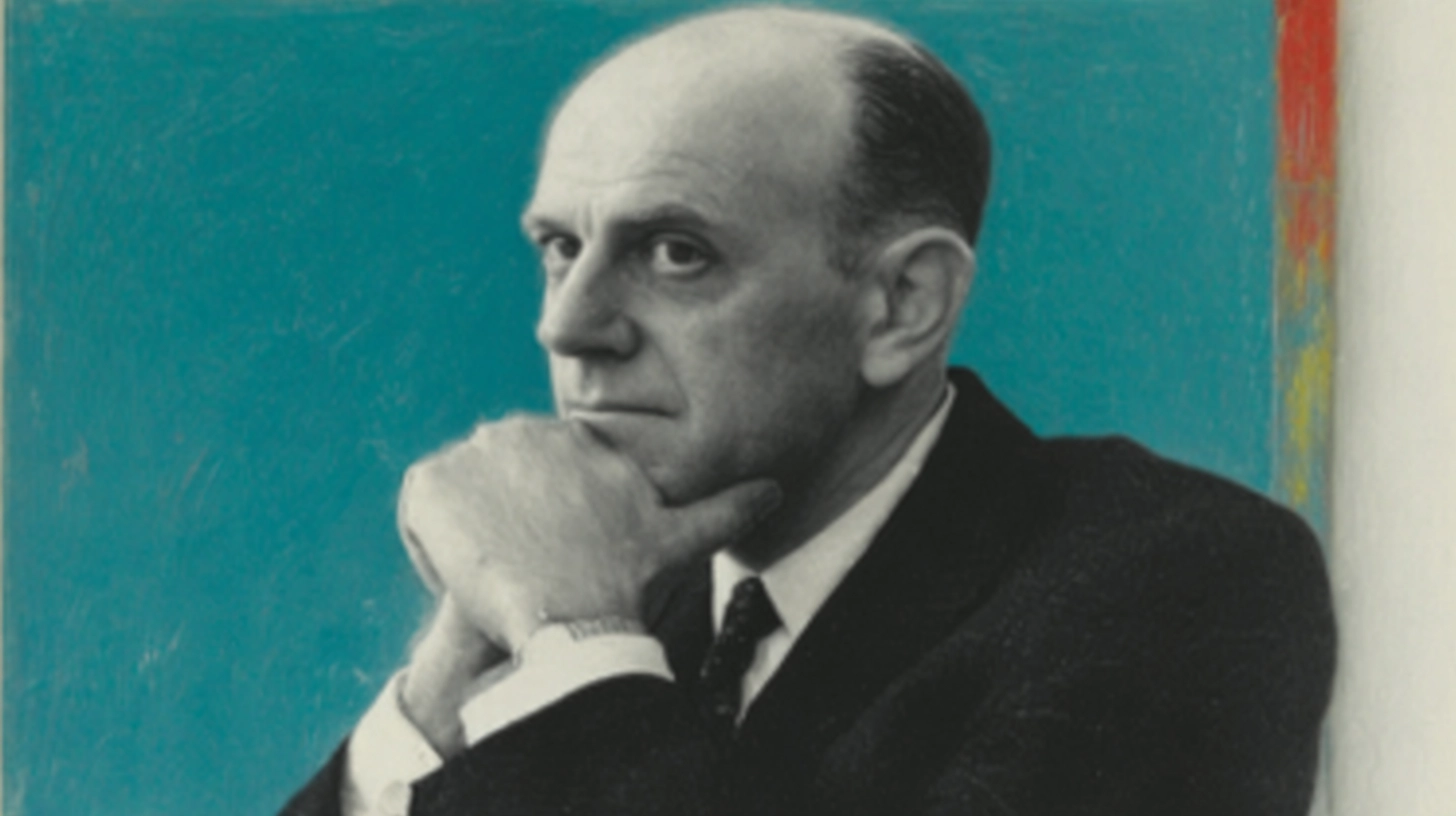
CEO of Southern Company (1957-1971)
Lee White ran Southern Company when the South was racing to catch up with the rest of America. He built coal plants and bet on nuclear power. Air conditioning stopped being a luxury and became standard, which meant everyone needed more electricity. White gave it to them. He expanded across Georgia, Alabama, and Mississippi. His job was growth at all costs.
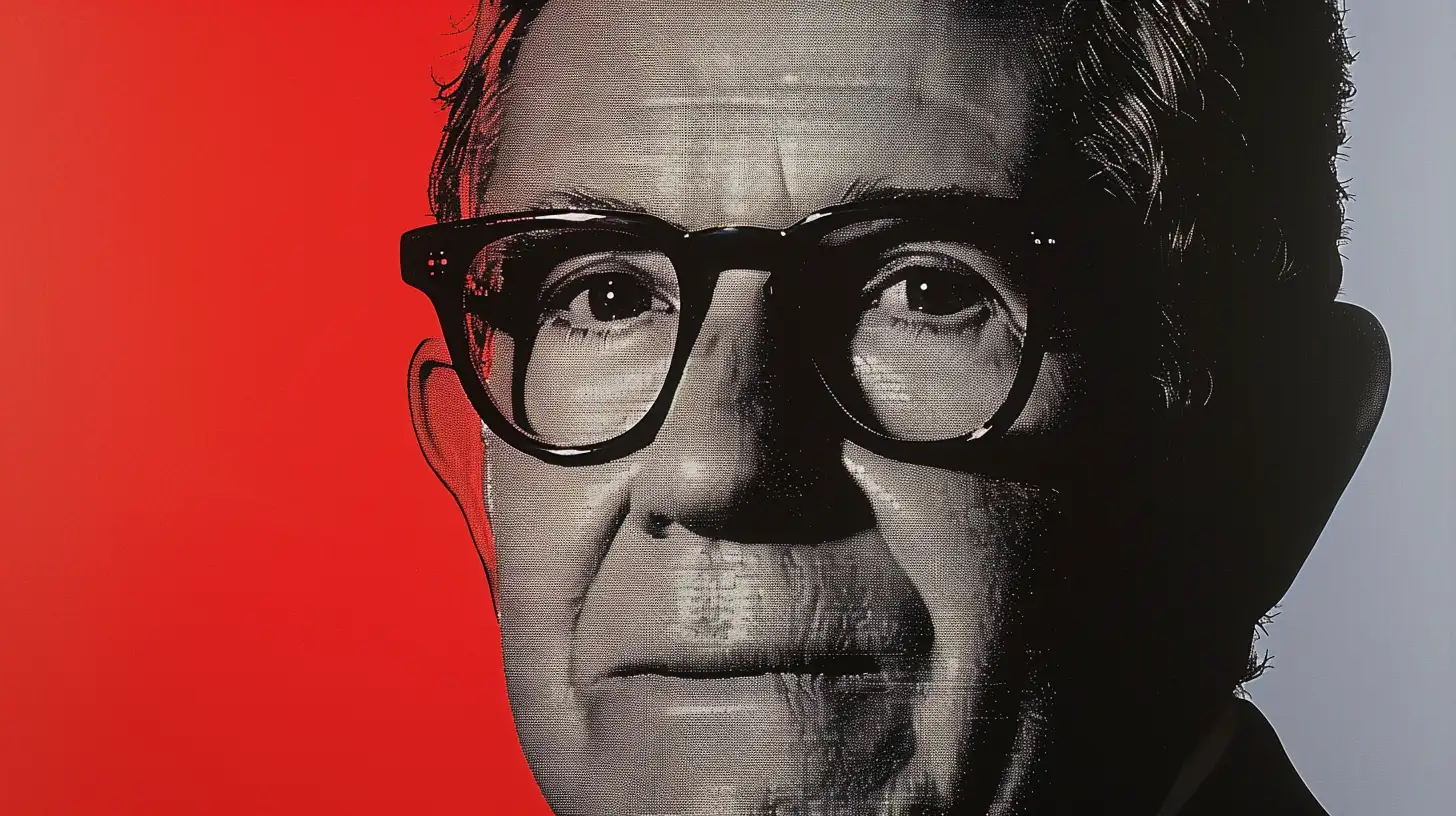
CEO of BP (1995-2007)
John Browne was different. He rebranded British Petroleum as "Beyond Petroleum" and talked about climate change when other oil executives ignored it. He bought Amoco, ARCO, and Castrol, turning BP into a goliath. But his legacy is mixed. The company cut safety corners. The Texas City refinery explosion and the Deepwater Horizon disaster came after he left, but the culture that caused them was built under his watch.

CEO of Pemex (1994-1999)
Adrián Lajous tried to modernize Pemex when bureaucracy and corruption were strangling it. He wanted private investment and modern technology. But Pemex is as much about politics as oil. Unions and politicians fought him. He made progress, but the core problems outlasted him.
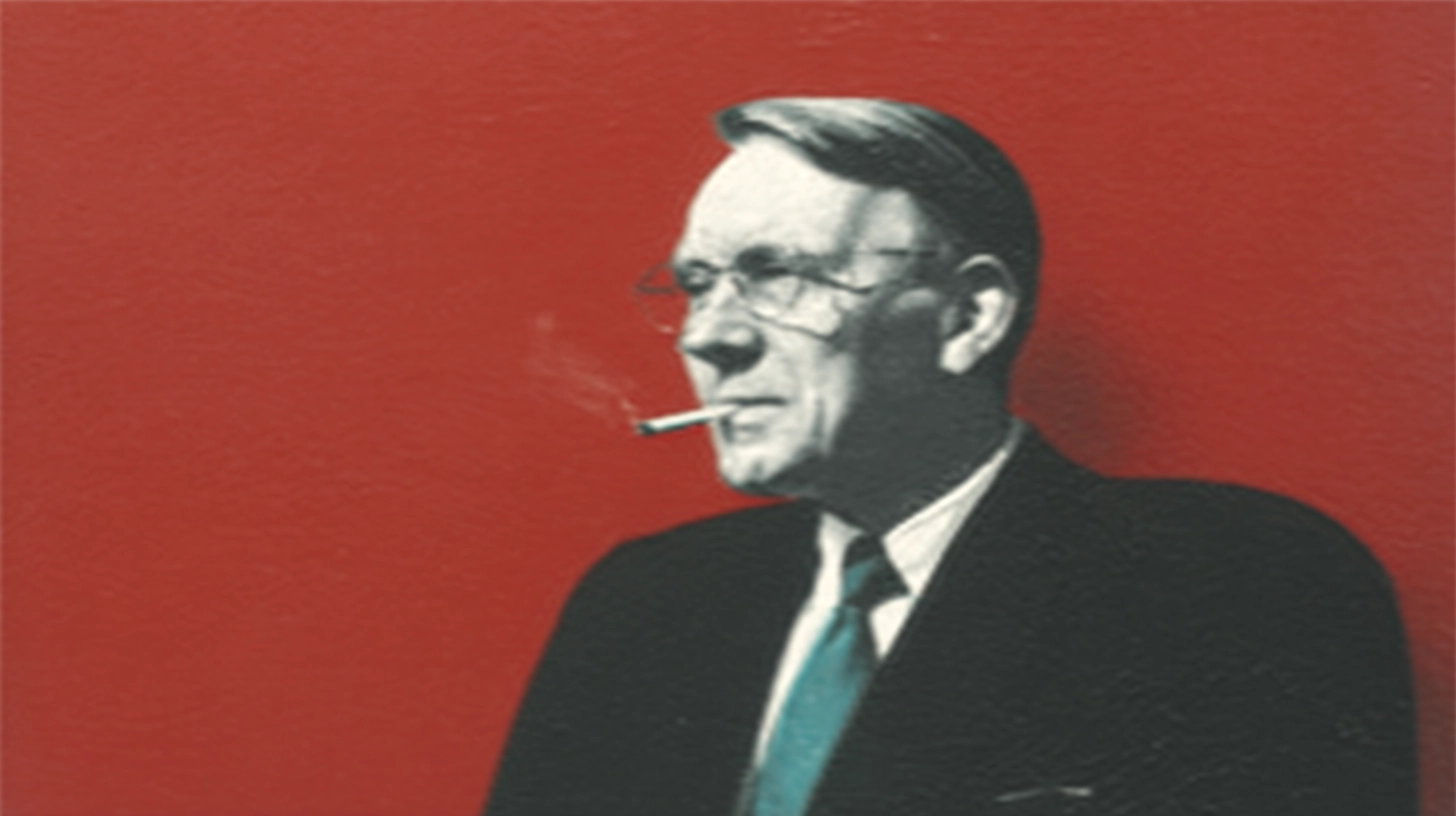
CEO of Shell (1993-1998)
Cor Herkströter ran Shell through dark times. Greenpeace occupied the Brent Spar platform when Shell tried to sink it in the North Sea. Then Ken Saro-Wiwa was executed in Nigeria, where Shell had major operations. Europeans boycotted Shell stations. Herkströter pushed the company toward better environmental and human rights practices, but the damage stuck. His tenure proved oil companies couldn't hide behind "just business" anymore.
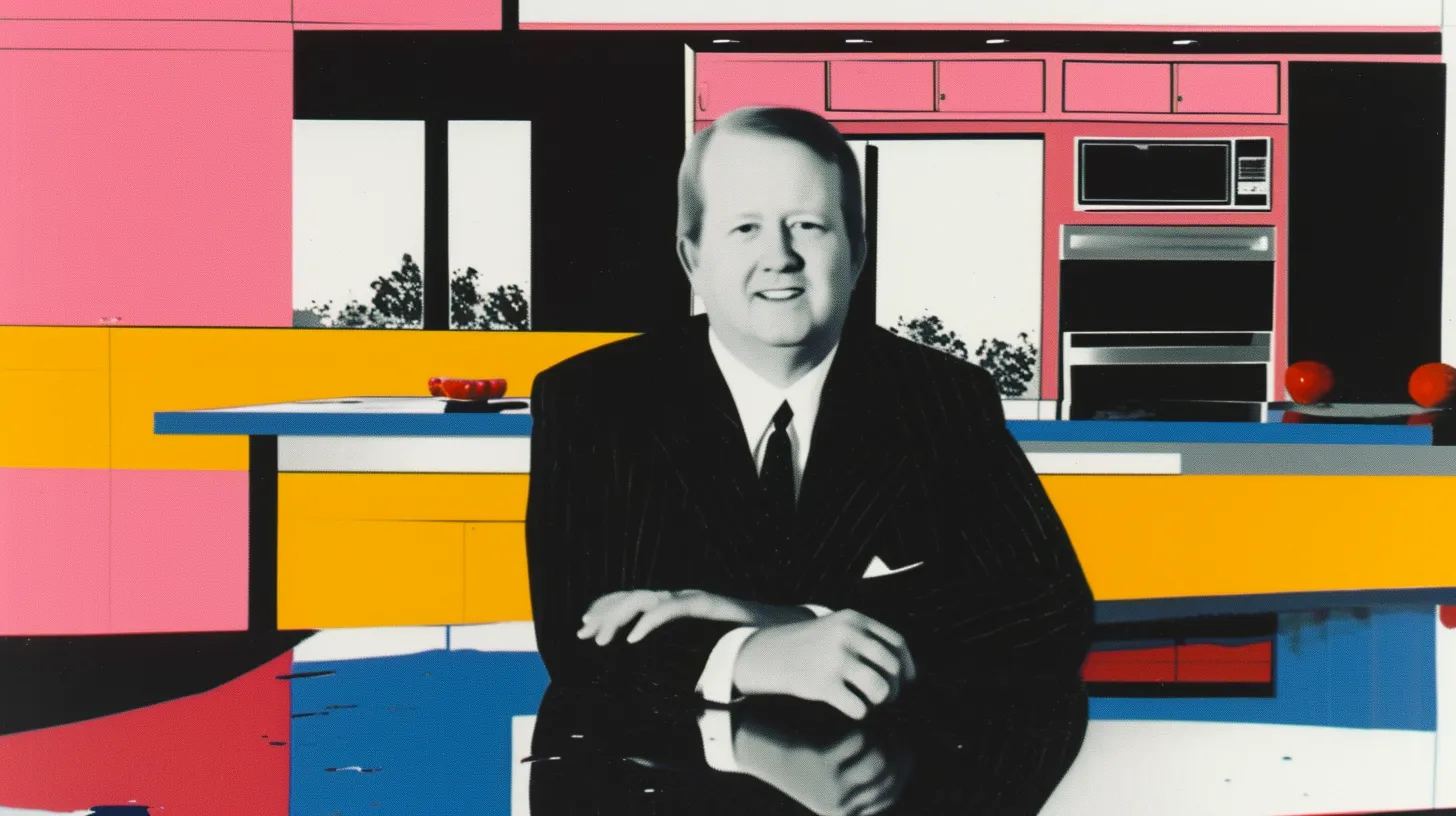
CEO of ConocoPhillips (2002-2004)
Archie Dunham merged Conoco and Phillips Petroleum into the third-largest oil merger ever. He believed scale mattered—bigger companies could weather price swings and compete globally. The merger made sense: complementary assets, cost savings, market power. Integration was messy, but he built the foundation for a major player.
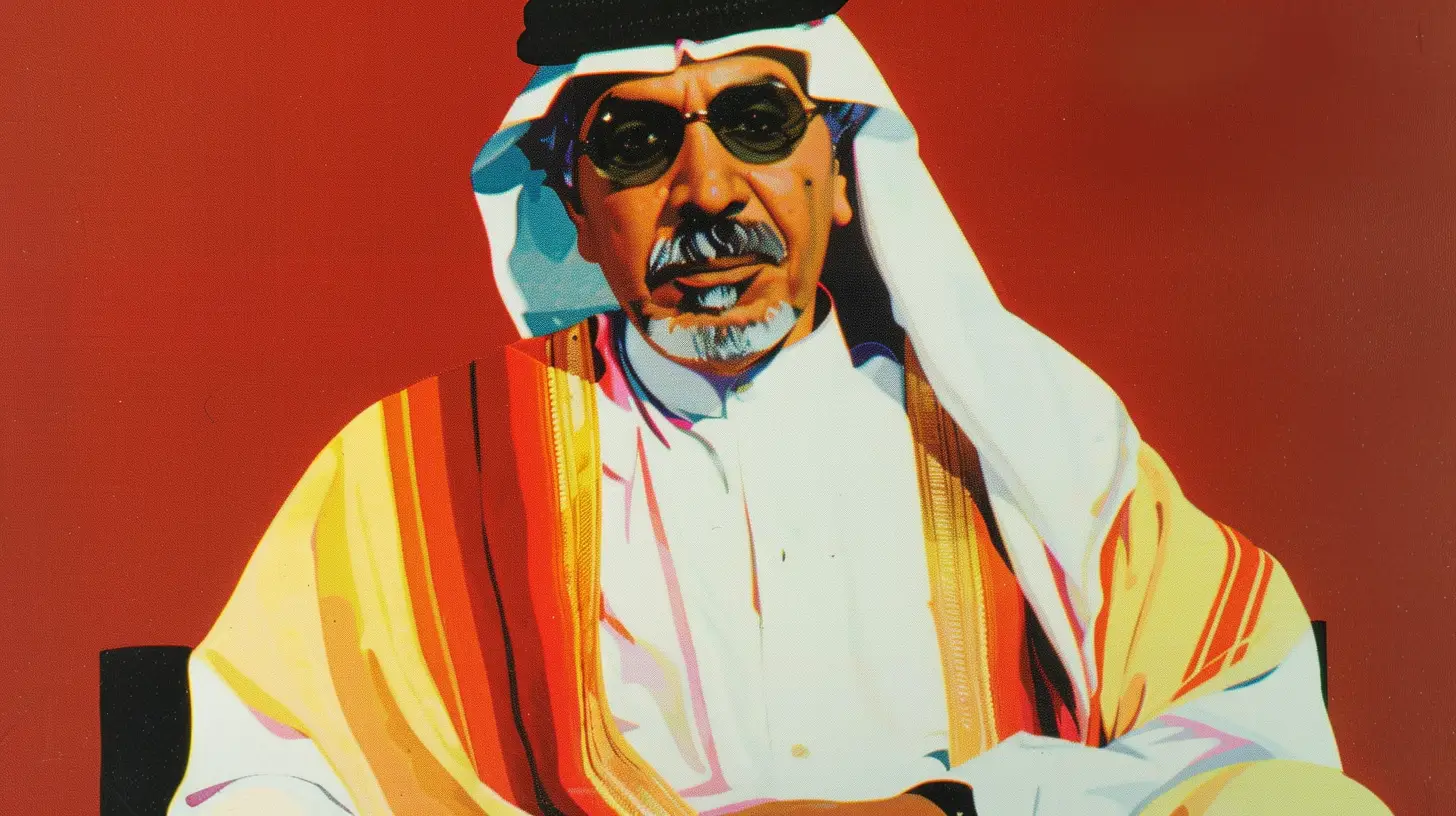
CEO of Saudi Aramco (1984-1995 as CEO, later Oil Minister)
Ali Al-Naimi started as an office boy at Aramco in the 1950s when Americans ran the company. He worked his way to CEO after Saudi Arabia nationalized it. Later, as Oil Minister, he controlled global oil prices by adjusting Saudi production. When he spoke, markets moved. He flooded the market when prices climbed too high and cut production when they dropped too low. For a generation, he was the most powerful person in oil.